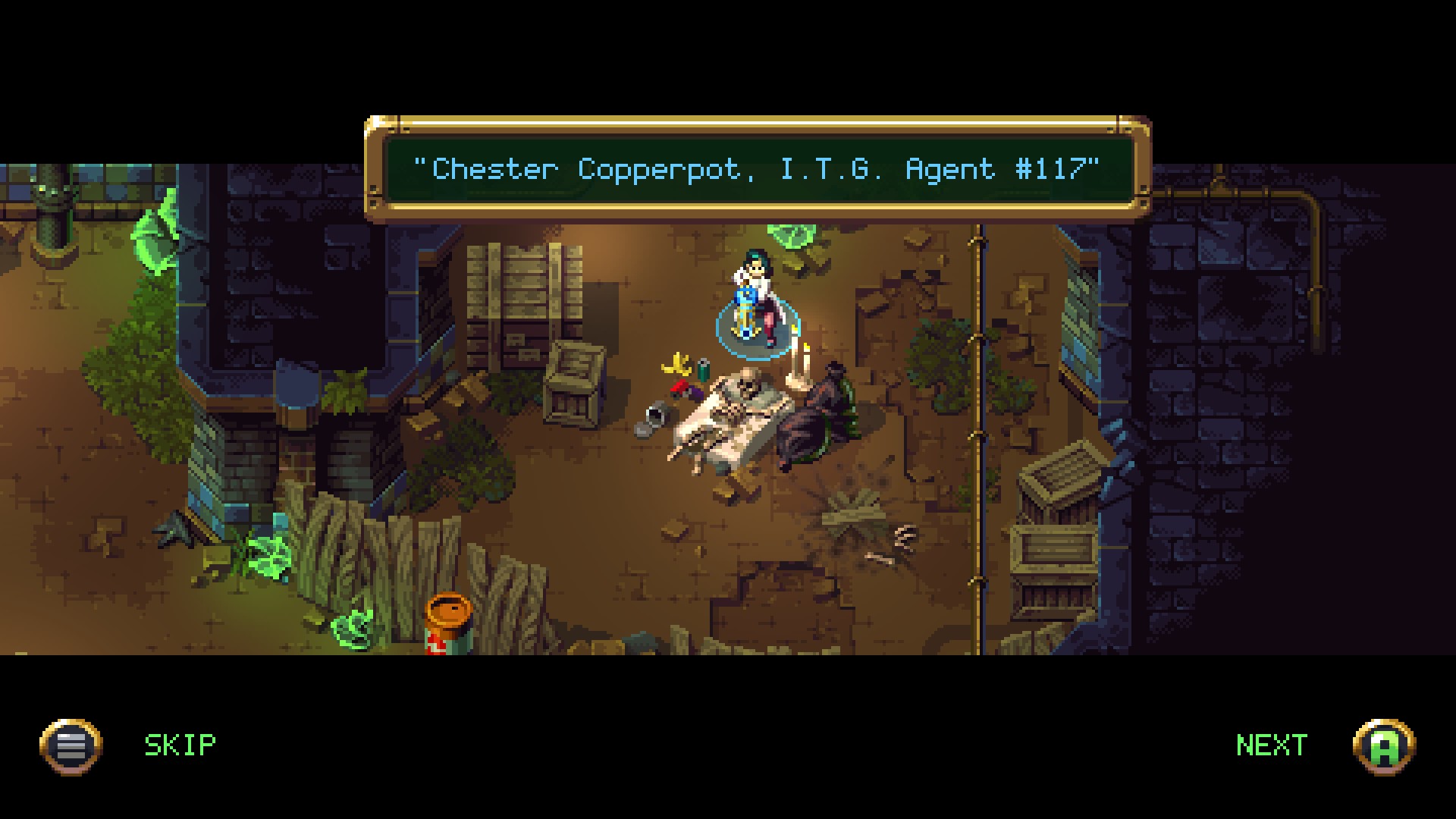By Jaime Skelton (MissyS), Editor-in-Chief
Video games are a potent story-telling medium. Prose, poetry, and song offer us words to offer introspection into our world; movies, television, art, and theatre offer us visual understandings of the narrative we may not have the imagination to perceive. Video games take this one step further, combining these arts with the additional element of interactivity. Through various methods of immersion, we find ourselves as part of a story, not just mere observers. And with the growing popularity of the medium, more artists are using the medium to reach people in new ways. Because of this, I feel it is particularly important to highlight some of these new storytellers, and encourage all of us to discover new narratives.
Bury me, my Love is one such story. Though a work of fiction, the story told is inspired by the real-world stories of Syrian refugees looking for asylum in Europe, including that of Dana, whose story was told through a journalistic piece that offered a view of her journey through WhatsApp (“Le Voyage d’une migrante Syrienne à travers son fil WhatsApp”, translated: “The Journey of a Syrian Migrant, as Told by her WhatsApp Messages”). Bury me, my Love takes a similar approach to the journalistic piece: it simulates an instant message environment in which the two main characters, Nour and Majd, may communicate through text, photographs, selfies, and recorded voice messages. Though the game does not use real photographs, it does use a lovely, flat art style with an earthy color palette that evokes the raw mood the story portrays.

In the game, the player takes the role of Majd, Nour’s husband. Due to a tragic set of circumstances in their home in Homs, Syria, the couple say their farewells, sending Majd in search of asylum in Europe while Nour remains at home to care for family who cannot make the journey. Using the simulated mobile application, Majd communicates with Nour – receiving updates on her journey, checking news for her, and assisting her with some of her difficult choices. Like a “choose your own adventure” novel, the player’s choices affect Nour’s journey and where it will end. Unlike these stories, however, there are multiple invisible factors at play, including her relationship with Majd, her morale, and her inventory and budget.
Bury me, my Love is set by default to take place in “real time” – meaning that real time will pass between conversations to simulate a more realistic experience. There is, however, also a fast speed option which eliminates these delays, continuing with the next conversation without a real time break. I highly recommend the default, real time setting – it provides more immersion and makes Nour feel more ‘real’ as a character. However, the fast mode is great for secondary play throughs, especially to get you ‘up to speed’ to a new choosing point in the story.

As a white American whose ancestors came freely to the United States hundreds of years ago, I am sorely out of touch with the struggle of being a refugee, particularly in today’s modern climate. My mental image of a refugee making their way out of their country was simplistic: small groups of people trekking miles across landscapes far from battle and crossing a border unseen before approaching a government office for asylum. So, from the start of my journey with Nour, I was constantly reminded of how little I knew. Increased taxi fare for crossing through dangerous areas; managing a budget that seems minuscule to the privileged; smugglers and gangs; beatings and prisons for those found crossing borders – these are just some of the things that stuck out to me.
I was unprepared, entirely, when my first journey with Nour ended with a weeping, terrified voice message that left me only the worst possible conclusion; so much so that I took a couple of days to process what had happened. My second attempt was far more dedicated. This time, I was determined to take the game’s message seriously, to see Nour to safety. And still, while she lived – it was not the happy ending I had aimed for. I had still made mistakes. I had still made choices that, from my life experiences, seemed the best. I was proven wrong. I was humbled. Now, each time I make a choice, I think not only in terms of a gamer trying to find the right path – I also think about the consequences of each choice, stepping into the shoes of refugees far from my own home.

As a writer, editor, and storyteller myself, I have little objection to the gameplay of Bury me, my Love. I was initially surprised by the lack of some elements found in other visual novels – the ability to fast-forward or skip through dialogue already seen, for instance – which I can see being a detractor for some on multiple playthroughs, even using fast mode. One other element I found missing was any way to quantitatively “track” your progress; there are no ways to check Nour’s inventory or budget, for instance, or gauge her relationship and morale. Yet the lack of this sort of ‘metagaming’ enhances the story. After all, in the real world, we cannot so easily quantify our journey. Life is qualitative, malleable. So, too, is this story.
For all that it has to offer, both as a piece of art and as a humanistic story to broaden horizons and understanding of the world we live in, Bury me, my Love is highly recommended. It is available on mobile, both iOS and Android, and costs only $2.99 US (the same price as many novellas). As a complete story, it does not push any microtransactions, extra purchases, or advertisements. If you’re unsure of the game, you can also demo the game’s prologue. Find this, and much more information about the game and its design, at its website.
Final Rating: 5/5
Note: A game key was provided for review purposes.






